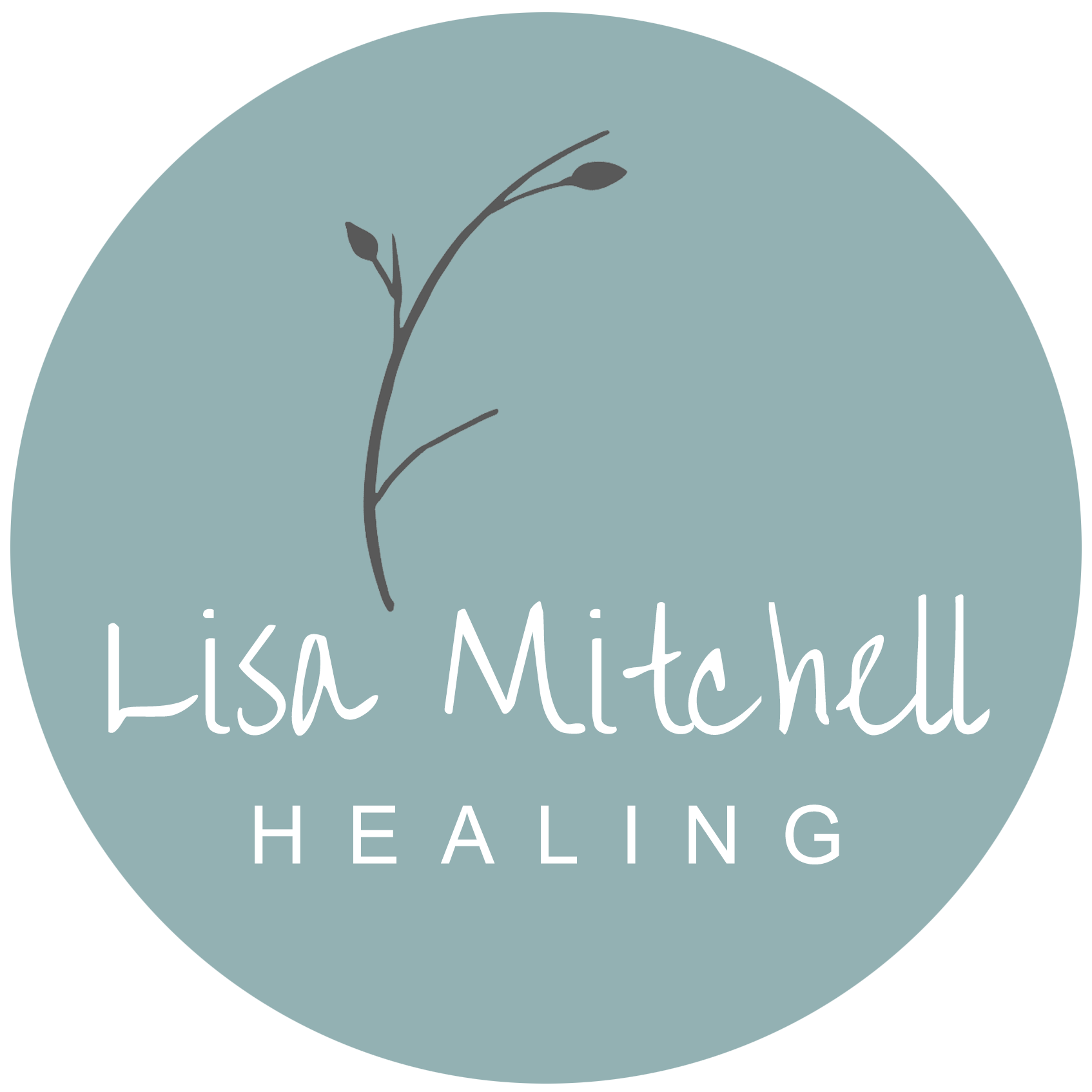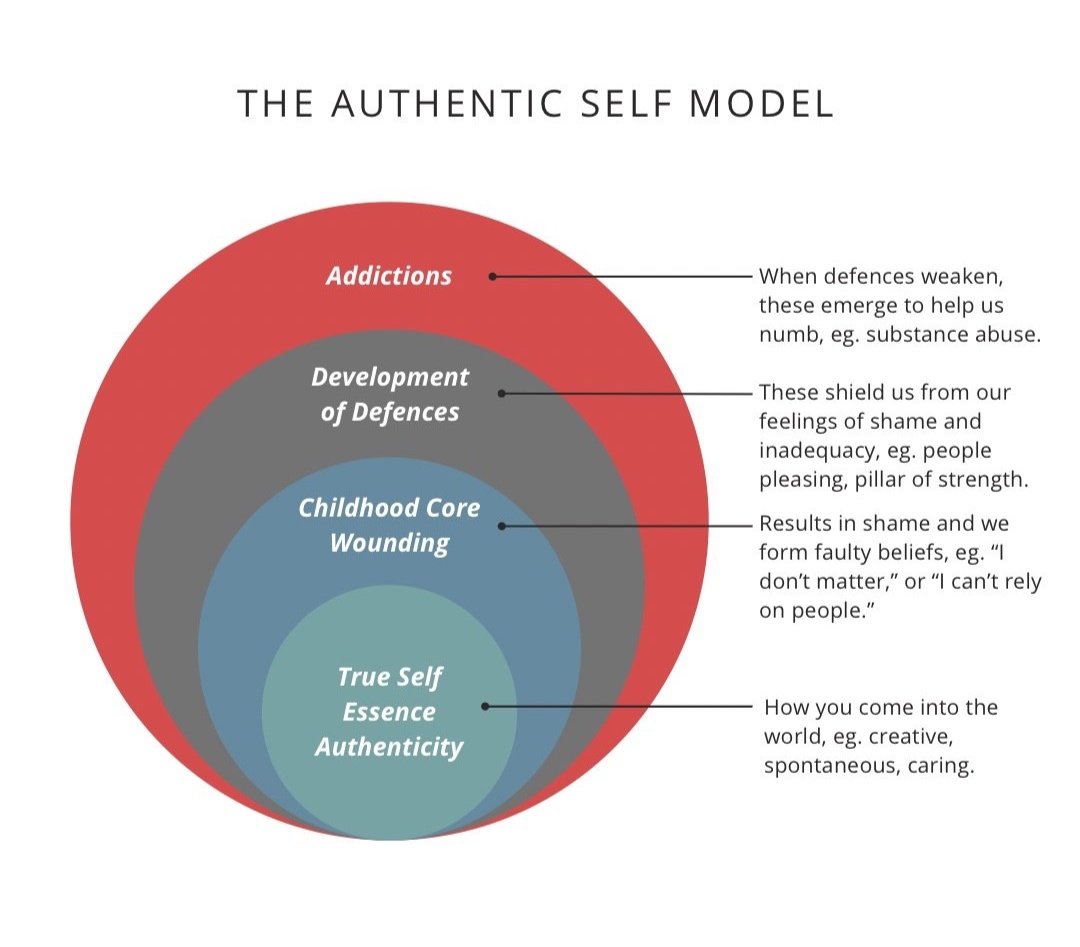Healing Through Somatic Therapy
To my cherished community,
This is a note to reconnect as we move into 2025. This year has me settling back into life in Toronto, my primary residence. I am clear that Canada is my home. There is a lot to miss about Kennebunkport and I will be making trips there to see valued friends, colleagues and clients, and to also soak up the extraordinary natural beauty New England offers. 2024 brought lots of change and I’m excited to re-establish myself in Toronto. If you are newer to me, allow me to introduce myself, and if you have been around, consider this a refresher.
Who I Am?
I am a heart-centred, inquisitive, and determined individual. I love moving my body, being in nature, savouring quiet time on my own, and engaging in meaningful conversation. I am a mother, partner, and entrepreneur. I founded Lisa Mitchell Healing, which has two streams: somatic therapy and trauma-informed yoga.
I have been engaged in my own personal healing journey since my mid-twenties, and have been providing somatic therapy for ten years.
I often field questions such as, “What does somatic mean?” and “What does somatic healing entail?” Here, I’ll try to unpack the term “somatic” in my own words and describe what a somatic therapy session can look like with me and who it is for.
What is Somatic Therapy?
Somatic therapy centres the body. It is an integrative approach to healing that focuses on the whole human being. Our bodies are a container for our breath, thoughts, attitudes, emotions, belief systems, and energy. All of these aspects make up a human being and impact our health.
In my work, I make space for all of these aspects of a person to be explored. Somatics can be traced back to the early 20th century, and it encapsulates a number of disciplines that honor the connection between body and mind. Think of somatics as a large umbrella comprising bodywork, psychotherapy, mindfulness, neuroscience, breath work, and movement practices like yoga, QiGong, and dance.
What Might a Session with Me Look Like?
Sessions often begin with me asking the client to pause, check in, and notice what wants their attention. Clients are invited to observe sensations, energy, emotions, and/or a narrative that is present. I work with what shows up in the here and now and bridge to the past by inquiring: Do you recognize this sensation or feeling, and when might be the first time you felt it? I help clients connect current-day pain to past experiences.
I guide people to uncover their core woundings and the beliefs that were established as a result of their original pain in childhood. Childhood wounding impacts our whole being. Nearly all of us carry some wounding from our childhood. For example, a belief that might arise from childhood injury is, “No one understands my pain.” This belief is entirely understandable if, as children, we were not attuned to or if our feelings were disregarded.
Childhood wounding is painful and as children we often assume that we are to blame or are somehow wrong. This is very difficult to feel so as young people we ingeniously develop defences that protect us from our pain. Examples of defences include perfectionism, staying on the bright side, people-pleasing, becoming a pillar of strength, or being overly analytical or intellectual. As adults, it is important to become conscious of our defences and how and why they manifest. While these defences served us well in the past, in the present they can become overdone, obscure our authenticity, and inhibit connection.
When I work with clients, we explore both the benefits and the downsides of their defences. We also examine how these defences appear in the body. For instance, perfectionism might feel fast, tight, and hard. When defences no longer protect the original pain, addictive behaviours may emerge, such as drinking, over-exercising, gambling, compulsive shopping, or binge eating.
People often seek help when, a) their defences are no longer effective, and/or b) when addictive behaviours become problematic. Crisis presents an opportunity for healing which is the process of retrieving our authentic selves (our essence). Healing work enables us to rebuild our operating system in a different way.
A component of the work I do involves helping people shift long-held, faulty beliefs about themselves. This takes time and is ultimately freeing.
Below you will find a visual depiction of what I’ve described. I’m choosing to call this The Authentic Self Model, although I learned of it as the Onion Model (the layering reference will be apparent). As you explore the layers of the circle, it might be interesting for you to reflect on:
Who am I at my core - what are my authentic qualities?
What are my childhood woundings - what events, circumstances, and/or relationships impacted me?
What beliefs were formed as a result?
What defences do I employ to shield my pain?
What addictive behaviours do I engage in to numb myself?
A version of this model was first presented to me at the Transformational Arts College where I studied Spiritual Psychotherapy. Internal Family Systems theory, a therapeutic modality, is similar in some ways. More recently, a slightly different conceptualization of this model has surfaced in my own personal work with a psychologist - yes, therapists do their own work, too!
Part of my role as a therapist is to teach somatic intelligence. Physical gestures, postures, movements, sounds, and expressions are welcomed in sessions and convey important information. I also incorporate breathwork, meditation, visualization, role play, exercises, music, and writing. Other modalities I use include Focusing, Inner Child work, and Internal Family Systems.
I help people return to their original wholeness before the wounding occurred. With this, a sense of freedom, ease, and vitality can be restored. All of this exploration is facilitated using a somatic orientation, entailing a deep respect and sensitivity for clients.
Who is Somatic Therapy Suited For?
Anyone can benefit from somatic therapy. It can be particularly effective for trauma-related symptoms, as these symptoms are often experienced in the body. Frequently, there is an emotional component to physical sensations, discomfort, and pain.
I work with people living with complex trauma, anxiety, stress, addiction, and those struggling with relationship challenges and self-esteem issues. Somatic therapy is beneficial for anyone feeling disconnected from themselves or others.
If you think I could be of support, visit my website to learn more about me. Reach out by sending me an email. I offer complimentary 20-minute phone consultations so we can determine if we might be a good fit to work together.
In my experience, healing is an ongoing, continuous journey requiring patience, presence, and trust. I hope this newsletter has been helpful and informative. If it has, please don’t hesitate to share it with a friend. Individual healing ripples out and has wide-reaching effects.
I leave you with this quote:
“Our body is a source of truth.”
Please note that I will be away from February 7th to February 28th, visiting Australia!
In health,





